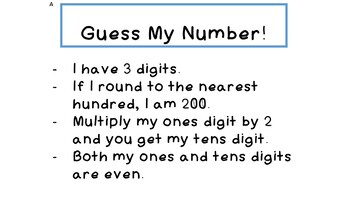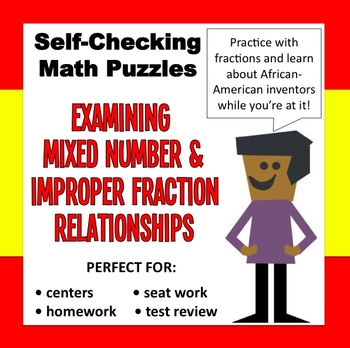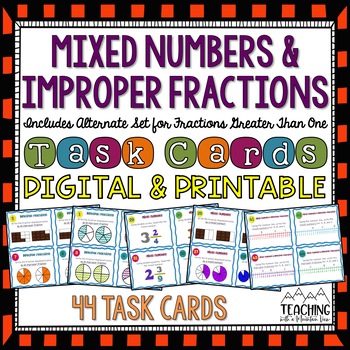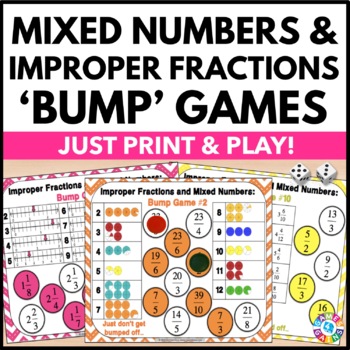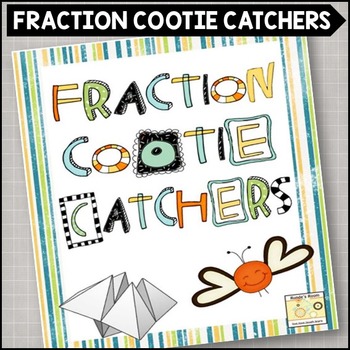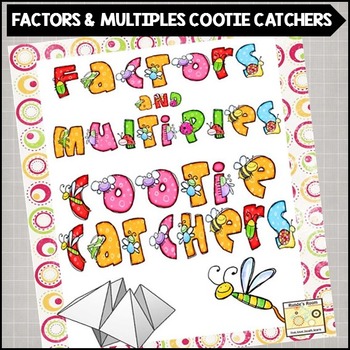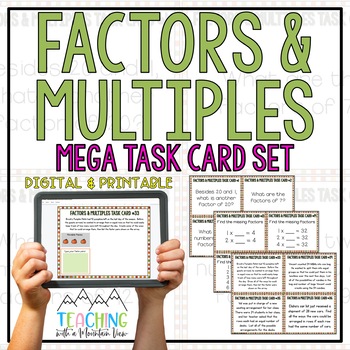Bell Ringer: Which One Doesn't Belong
Lesson Frame:
- We will work on activities that reinforce our understanding prime numbers, composite numbers, and prime factorization.
- I will predict whether the number 9 is prime or composite using my understanding of divisibility rules.
Lesson
So, as with anything, there is a little trial and error to be had. After completing our TTM Placement Test and MStar Universal Screener, I now have a better idea of who needs intervention. I thought I would try something different this year. Instead of asking students to give up PE and/or recess time, I looked for ways to do intervention within my class time.
I decided that my Group 1 would be my "intervention" group, and that they could use the first 20 minutes of class and the first 15 minute rotation, twice a week, to meet this need. So, in each class group one went to Content Mastery to work on intervention activities with the teacher. Their second rotation would be to work with me in a small group on our current concept. I chose to create an "I Have, Who Has" wrap around game using prime numbers, composite numbers, and prime factorization.
Groups 2 and 3 both spent one rotation on Think Through Math and their other rotation playing with "Cootie Catchers" to practice prime, composite, and prime factorization. This activity was the same as last week, just new concepts.
Group 4 spent one rotation on Think Through Math and the second rotation doing the "I Have, Who Has" with me.
Close
Predict whether the number 9 is prime or composite using your understanding of divisibility rules.
Assignment
We finished off the day with a Fifth Grade Builder and Think Through Math.






